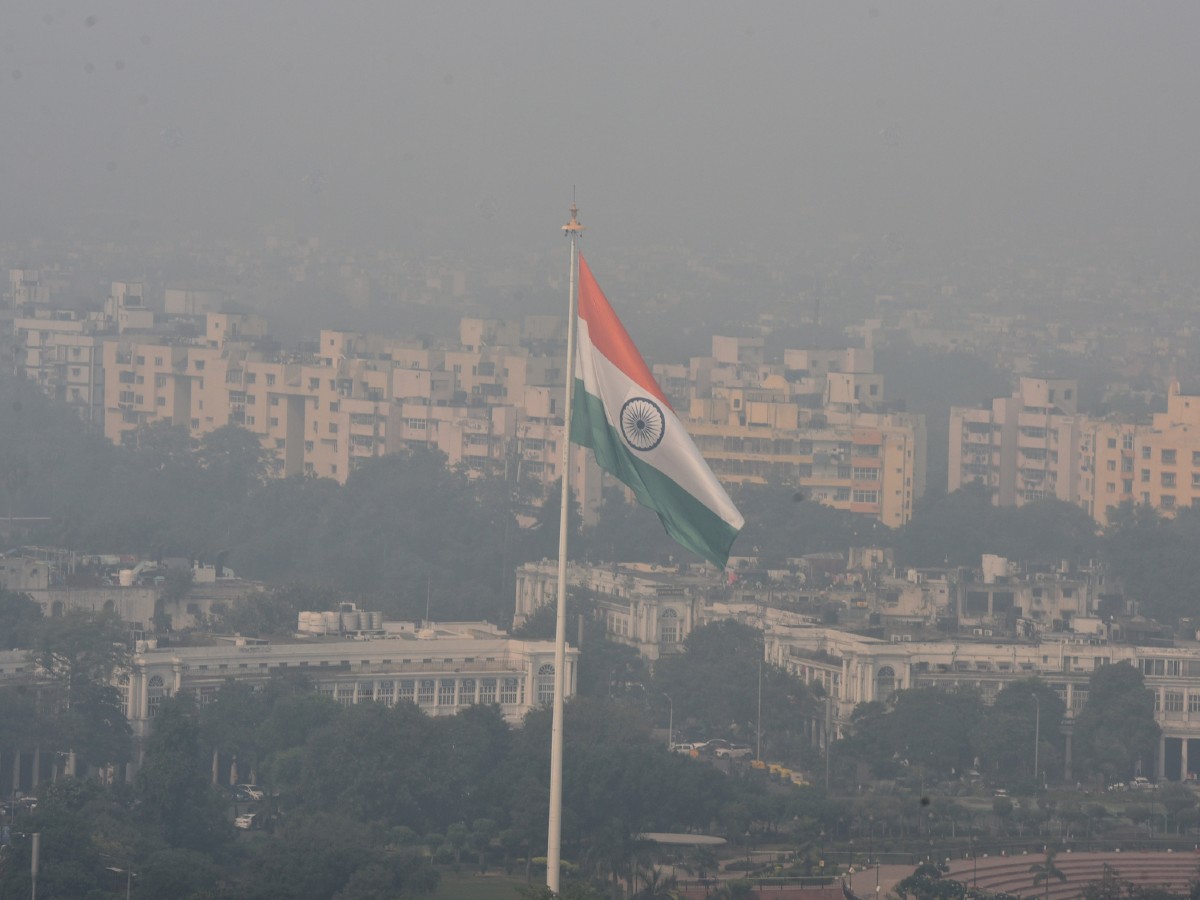Finance Minister Kailash Gahlot announced on Monday that the Delhi government will set up a lab for real-time pollution data monitoring and gathering in each district of the national capital.
He said PM2.5 and PM10 pollution in the city has reduced by more than 30 per cent in the last eight years.
The Delhi government is conducting a study to identify the real-time contribution of emission sources to the air pollution in the city. The Indian Institute of Technology (IIT) Kanpur is leading the study with IIT-Delhi and The Energy and Resources Institute (TERI) involved in providing insights and technical assistance.
Presenting the Delhi Budget for the financial year 2023-24 in the assembly, Gahlot said, “(Chief Minister Arvind) Kejriwal’s Delhi has a new anti-pollution plan — real-time pollution data lab will be set up in each district.”
The Delhi Pollution Control Committee (DPCC) is the nodal body for the project.
In January, Kejriwal had inaugurated the “supersite” — a data gathering and analysis set up — and an air quality monitoring van at the Sarvodaya Bal Vidyalaya in central Delhi’s Rouse Avenue.
Gahlot said the government will plant 52 lakh trees in this financial year and focus on reducing road dust pollution.
He said PM10 pollution in the capital has reduced to 223 ppm (parts per million) in 2022 from 324 ppm in 2014. PM 2.5 levels have decreased to 103 ppm in 2022 from 149 ppm in 2014.
“Due to the efforts of Delhiites, PM10 and PM2.5 have reduced by more than 30 per cent in the last eight years. The number of ‘severe’ air quality has come down from 26 days in 2016 to six days in 2022,” Gahlot said.
The minister said Delhi’s per capita forest cover of 11.6 square metres is higher than Bengaluru (10.4 square metres), Mumbai (6 square metres), Chennai (2.6 square metres), Hyderabad (10.6 square metres) and Kolkata (0.1 square metres).
(With PTI inputs)





